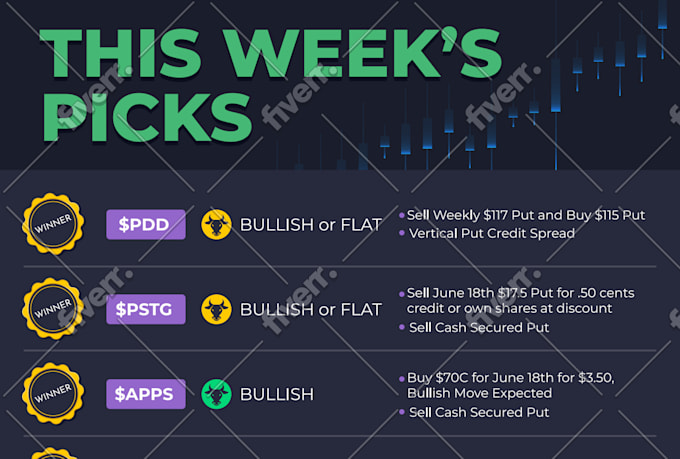How To create unique and professional infographic
 |
| create unique and professional infographic |
Creating a unique and professional infographic involves a thoughtful blend of design aesthetics, data presentation, and storytelling. Here's a step-by-step guide to help you create an impactful infographic:
Define Your Purpose and Audience: Clearly understand the purpose of your infographic and who your target audience is. Whether it's conveying complex data, explaining a process, or showcasing statistics, a well-defined objective is crucial.
Gather and Organize Data: Collect accurate and relevant data from credible sources. Organize the data logically, ensuring it flows smoothly and supports your narrative.
Choose a Design Tool: Select a design tool that suits your comfort and proficiency level. Popular options include Adobe Illustrator, Canva, Piktochart, or even PowerPoint.
Plan the Layout: Sketch a rough layout of your infographic, considering the arrangement of text, images, icons, and data visualizations. Maintain a clear hierarchy and balance between elements.
Typography and Colors: Choose a legible font combination that complements your brand or topic. Opt for a cohesive color palette that reinforces your message and enhances readability.
Visual Elements: Incorporate relevant icons, illustrations, and images to visually enhance your content. Ensure visuals align with your brand's style and the overall theme of the infographic.
Data Visualization: Select appropriate chart types (bar graphs, pie charts, line graphs, etc.) to represent data effectively. Keep charts simple, clear, and labeled, allowing viewers to understand the information easily.
Storytelling Flow: Create a narrative flow that guides the viewer through your infographic. Use headers, subheadings, and a combination of text and visuals to convey information logically.
Whitespace and Balance: Utilize whitespace to avoid clutter and maintain a clean, professional look. Achieve balance by distributing elements evenly across the infographic.
Testing and Feedback: Review your infographic for accuracy, clarity, and design coherence. Seek feedback from colleagues or peers to identify areas for improvement.
Optimize for Sharing: Resize your infographic to fit various platforms, including social media, websites, and print materials. Ensure it remains visually appealing and readable across different sizes.
Cite Sources: If you're using data or information from external sources, provide proper citations to maintain credibility and avoid plagiarism.
Final Touches: Add your logo or branding elements discreetly. Include a call to action or a memorable conclusion that reinforces your message.
Save and Export: Save your infographic in a high-resolution format (PNG, PDF, etc.) for sharing and printing.
Remember, the key to a successful infographic lies in its ability to simplify complex information, engage the viewer, and convey your message effectively. Regularly update your design skills and stay informed about design trends to create infographics that are both visually appealing and informative.

0 Comments